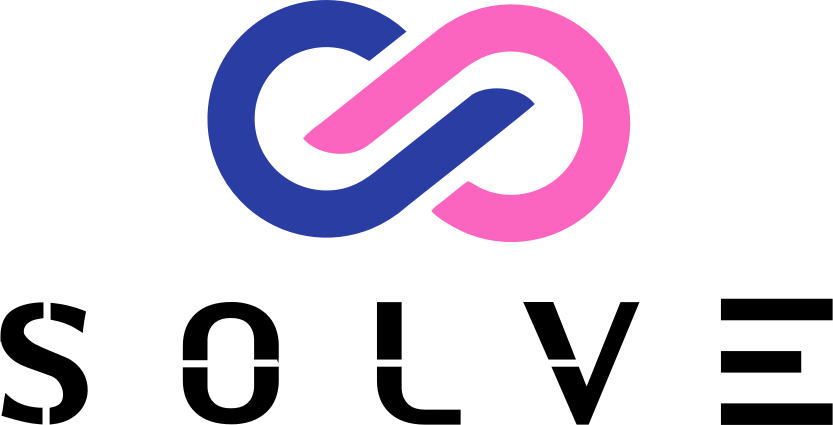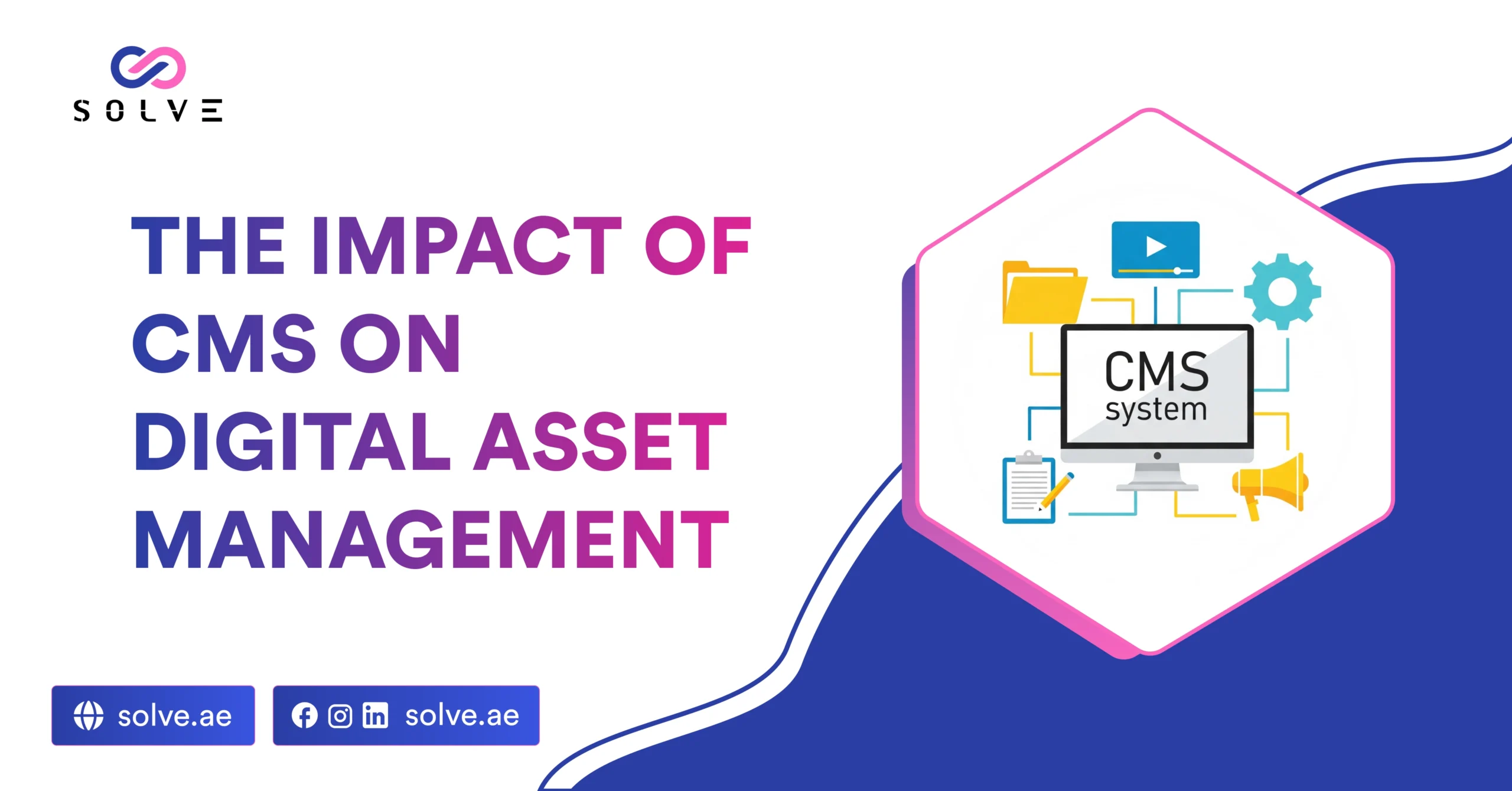- By Vanshika Choudhary
- August 23, 2025
From websites and blogs to videos, social media posts, and presentations, organizations are always putting out content for audience interaction. But with this rapid pace in the growth of digital content comes a new challenge: content management. Companies wrestle with keeping track of their files, ensuring consistent Digital Asset Management branding, and allowing their teams to acquire the right assets at the right time.
Enter the CMS and DAM, although the two systems differ, integrating them can truly transform how the digital content world operates, stores, and applies assets. A software platform manages and publishes content, while another organizes and manages digital assets, enabling teams to retrieve and use them efficiently and in an optimized way. The two systems, when combined, form a very potent ecosystem that reduces redundancies in systems and enhances collaboration, thus ensuring the success of the brand.
Having an Understanding: CMS and DAM
What Is A CMS?
Content Management System (CMS) is a software platform that simplifies creating, editing, managing, and distributing content into the simplest terms. Anyone can create websites or write blog articles using it without any technical knowledge; similarly, product catalog updates and multimedia sharing are the stand-alone features. Popular CMSs include WordPress, Drupal, Joomla, and Sitecore.
Your CMS handles all content: blog posts, product descriptions, landing pages, and other marketing collateral. It allows quick and easy publishing and updating of content with minimal intervention from developers.
What is DAM?
On the other hand, Digital Asset Management (DAM) pertains to the classification and archivization of digital files and their easy retrieval—speaker horizontal files, photographs, movies, logos, design templates, presentations, and documents.
Centralized storage and easy access
One of the first challenges that companies face is scattered digital files being held across various drives, e-mails, or local computers. This makes duplication easy, complicates version control, and wastes time that should have been spent locating the right asset.
Because a CMS with DAM offers centralized storage, all digital assets can be accessed from a single platform. To ensure consistency and speed, the marketing team working on a campaign, for example, can easily access the DAM within the CMS to retrieve the most recent brand-approved logo.
Improved Cooperation Across Departments
These days, marketing, sales, design, and IT departments interact with one another. Prevention, misunderstandings, and improper handling of assets become commonplace in the absence of a system structure.
Designers upload creative assets directly into the DAM, while marketers embed them into the content via the CMS, eliminating concerns about file compatibility issues. According to this model, the entire organization will be working in unison, further speeding up project timelines and reducing redundancy.
Consistent Branding and Compliance
Brand consistency is important for any company. Having many versions of the same logo, image, or video within a company often results in inconsistent branding across different platforms. Likewise, the prosecution or health sectors need to follow stringent compliance guidelines when making a piece of content public.
In contrast, a CMS integrated with a DAM will ensure that only approved, up-to-date assets are available for use, thus maintaining brand integrity and compliance with legal and regulatory considerations. Check out our latest blog post on 5 Signs It’s Time to Upgrade Your CMS
Better Content Delivery and User Experience
Speed and user experience are of utmost importance in the digital world. Optimizing unoptimized images, videos, or documents slows down websites, thereby reducing user engagement and conversions.
Scalability and Future-Ready
With an increase in the size of a business, the Digital Asset Management grows simultaneously and exponentially. With a large multimedia repository under its belt, a CMS operating alone may have a hard time, becoming even more inefficient and totally disorganized.
A DAM integration allows organizations to deal with scalable content ecosystems, where thousands of assets can be handled without compromising on speed or performance. Moreover, many DAM systems are making use of AI-powered tagging and metadata management these days to make asset searching and retrieval easy.
Conclusion
The shift in the legal framework of CMS upon Digital Asset Management is disruptive. While CMS will take care of content publishing and delivery with efficiency, DAM will keep the assets organized, secured, and consistent. Contact us along with these two, a smooth workflow will save time for businesses, keep their brand integrity intact, enhance collaboration, and uplift user experiences.
Digital content being the Jack of the customer engagement trade makes its integration a big technical plus. That’s where the integration will do all the magic and advantages—right placement and location for the businesses. The integrated businesses stand in a better position, indeed, to be ready to be competitive and agile shortly.




